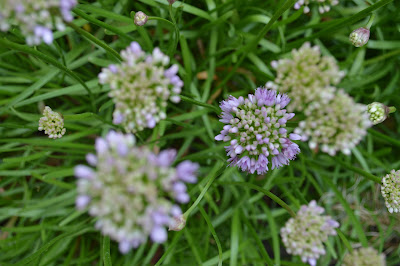When taking photos it is important to think about light, natural light is better for showing true colours as artificial light tends to give the picture a yellow tone as in the examples below. However sometimes of course you may prefer the look of the artificial light.
Its also important to remember where your light source is, as depending where it is coming from there will be areas of shadow. You can see the differences in these examples of my nephew below.
This one was taken with the light behind him and as you can see his face is quite dark.
In this one the light was coming from the left hand side casting the right side of his face in shadows.
With the light in front of him you can see all of his face clearly because there is very little shadow. (Apologies for the crisp in his mouth I had to bribe him to stand where I wanted him)
Of course depending on the type of result you are hoping for you may choose to have the light coming from a different direction.
Don't forget to send me your photos using this tip so I can display it in my exhibition at the end of this workshop. I would be grateful if you could also send me photos of you doing the work for my course. Email me here



















